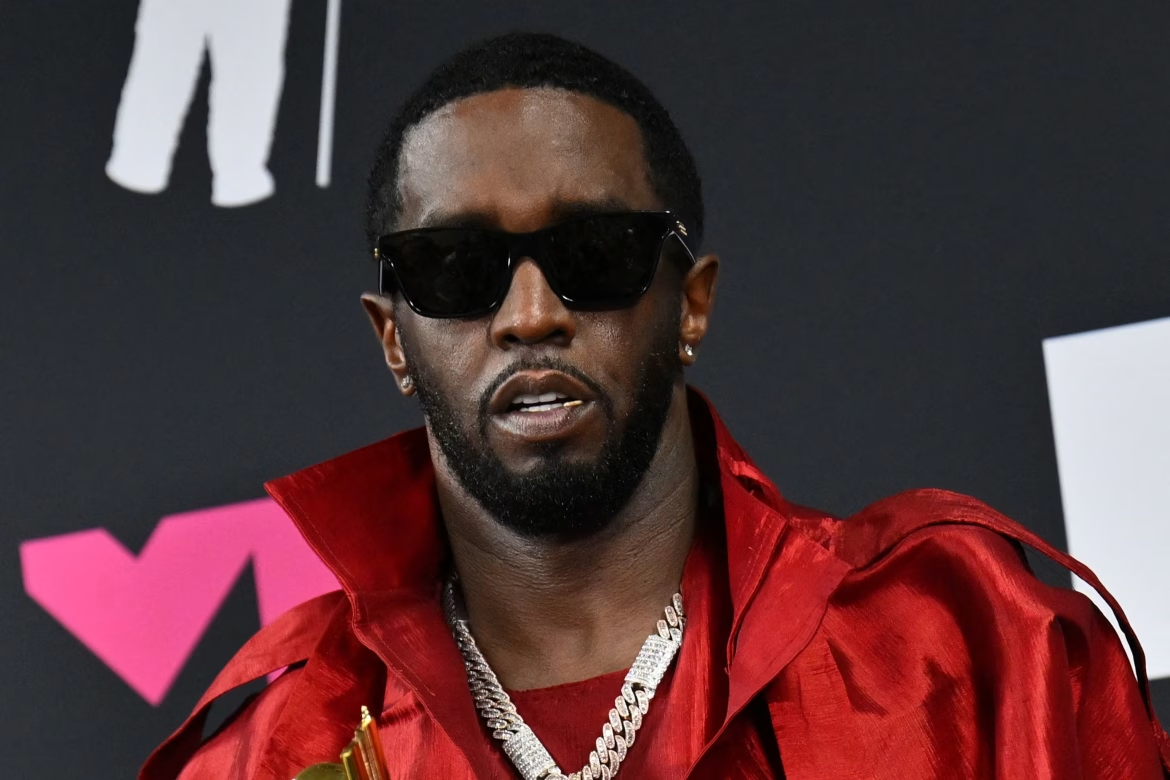In New York City, the federal trial of Sean “Diddy” Combs, a prominent figure in the entertainment industry, has recently commenced. Combs, known for his successful career in hip-hop and entrepreneurship, faces serious allegations involving sex trafficking and related charges. The trial has attracted significant attention but will not be available for public viewing through televised broadcasts.
Sean “Diddy” Combs was brought to trial in New York, where he faces accusations of racketeering conspiracy, sex trafficking, and transportation to engage in prostitution. These charges highlight serious allegations that could lead to severe consequences if he is found guilty. The 55-year-old has pleaded not guilty to the charges, asserting his innocence as the legal process unfolds.
The decision to keep this trial off the airwaves is rooted in federal court rules. Unlike some state courts, where certain trials may be broadcast, federal criminal cases adhere to strict guidelines established decades ago. These guidelines, originating from a procedural rule enacted in 1946, specifically ban “electronic media” from federal criminal proceedings. The rule aims to maintain the integrity and solemnity of the judicial process by restricting media intrusion.
Sean “Diddy” Combs’ trial began with the jury selection process, an essential step in high-profile cases. Combs appeared in court for the initial proceedings, and the selection of impartial jurors is crucial to ensuring a fair trial. Given the nature of the charges, Combs could face life imprisonment if convicted of the crimes.
Federal rules prevent any active court cases from being televised or recorded. This means that while members of the public may attend the trial for transparency, no photos or recordings are allowed. These regulations underscore the importance of privacy and decorum within the federal judicial system.
The absence of television cameras does not diminish the significance of the trial or public interest. High-profile cases like this often draw considerable media coverage, focusing on the legal arguments, evidence, and testimonies presented in the courtroom. Reporters and journalists will relay information to the public through various news platforms, providing updates as the trial progresses.
Federal courts enforce these rules to uphold the integrity of the judicial process, ensuring that all parties receive a fair and unbiased trial. While state courts may allow cameras under certain conditions, the federal system prioritizes confidentiality and limits media involvement to prevent external influences.
The trial of Sean “Diddy” Combs exemplifies the complexities that arise in high-profile celebrity legal proceedings. Despite the absence of televised coverage, the case remains a focal point for discussions about legal accountability, celebrity influence, and public transparency. As the trial advances, attention will remain on the courtroom developments and the legal arguments presented by both the defense and prosecution.
The prohibition of cameras in the courtroom derives from a historical context where media presence was thought to disrupt proceedings. Federal courts continue to adhere to these standards, despite changes in public consumption of news and media. The trial’s unfolding in real-time through journalistic reporting promises to keep the public informed without compromising the trial’s integrity.
Sean “Diddy” Combs’ ongoing trial marks a significant moment in the intersection of celebrity culture and legal scrutiny. As proceedings continue, the implications for both Combs and the broader entertainment industry will remain under close examination. The outcome of the trial carries potential consequences that extend beyond the individual, reflecting broader societal issues related to justice and celebrity influence.

